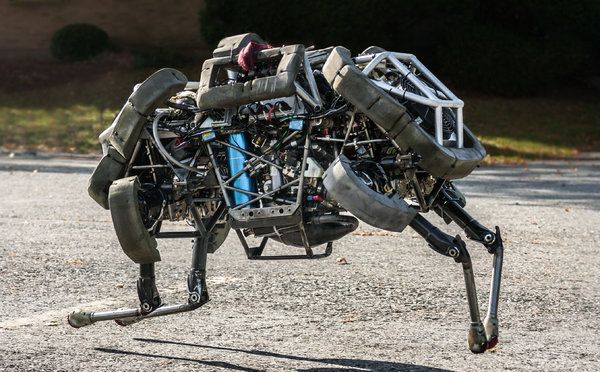Dec 29, 2013
A Guide To Spotting And Hiding From Drones
Posted by Seb in categories: defense, drones, education, military, security, surveillance
Kelsey D. Atherton — Popular Science
Consider it a rough Audubon guide to the mechanical fauna of battlefields. Created by Amsterdam-based designer Ruben Pater, the Drone Survival Guide is, on one side, a rough bird watcher’s guide to the modern robot at war. The other side is a short section of printed survival tips, and the guides are available in Pashto, Dutch, German, Italian, Indonesian, Arabic, and English.
The selection of drones included in the guide leads heavily towards those from NATO member countries, with the United Kingdom, Canada, France, Germany, and the United States all represented, as well as NATO itself, for the other member countries that use these drones. Partly because those are the countries that have used drones, in Afghanistan and elsewhere, the most, but partly because they are just the countries where it is easier to get information about the scale and wingspan of their flying robots.














